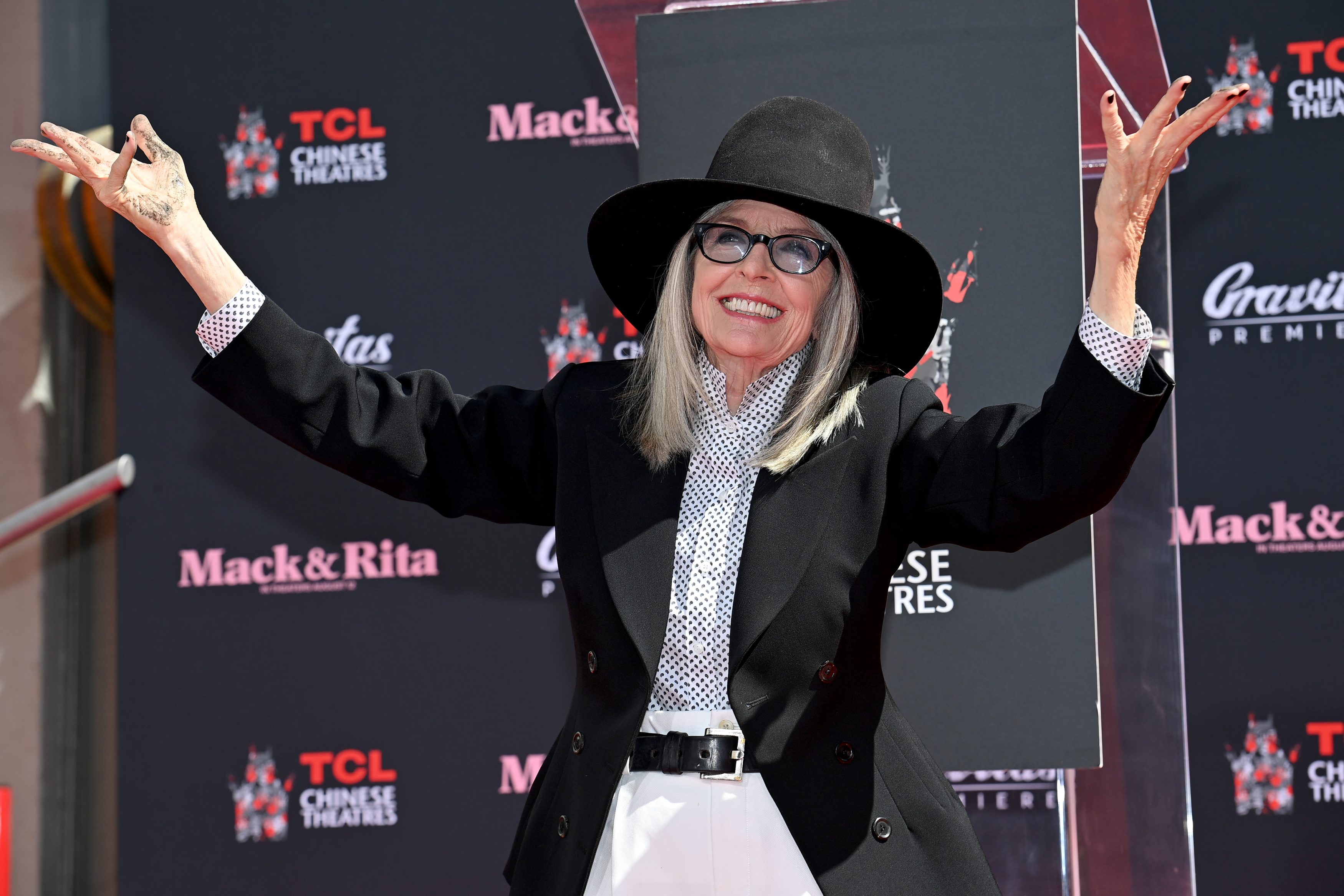Days before the start of the 2025 season, Naomi Osaka made an ominous remark about her future in tennis. “I don’t think I’m the type of player that would hang around,” Osaka said, if her ranking didn’t improve. “I’d rather spend time with my daughter if I’m not where I think I should be and where I feel like I can be.” At that point, she was ranked No. 57 in the world and had yet to return to her old perch after a long hiatus for the birth of her child. Stars like Iga Swiatek and Aryna Sabalenka had taken over in the interim, and it wasn’t clear that Osaka could match their level. But eight months after those remarks, Osaka has made some of the progress she was hoping for: a quarterfinal berth at the U.S. Open.
Time to cue up the most popular, most revealing Naomi Osaka fact: Every time she has reached the quarterfinal at a major, she has won it. On hard courts, she can look untouchable for two weeks, as she did en route to her titles at the U.S. Open (2018, 2020) and Australian Open (2019, 2021). We’ve seen brief glimpses of that same top-tier Osaka—most memorably on clay, at the French Open last year, when she took eventual champion Swiatek all the way to match point, and more recently, when she reached the final in Toronto in August, even though she tanked her way through its waning minutes. Not since 2021 has Osaka maintained that level long enough to survive into the second week of a major.
It doesn’t feel blasphemous to suggest that this Osaka, the one that has mostly cruised through the draw this week and rolled Coco Gauff, 6-3, 6-2 on Monday, is close to the version that won all those major titles. At her best, Osaka barely moves. She doesn’t have to. She controls the flow of the rally from her preferred perch, the hashmark at the center of the baseline, straying from it perhaps just five feet in either direction, in order to crunch the ball on both wings. Osaka’s groundstrokes are heavy, hard, and difficult to rush. Those who try to beat her with pace are doomed to see an even faster ball blaze right past them. And Osaka thrives with a nice, consistent bounce: Like Jannik Sinner on the men’s side, she seems to steadily refine her timing over the course of a hard court tournament until no one can else can keep up.
Osaka’s strokes are quite hard to read, and she likes to change the direction of a rally at a whim, moving her opponent around the court while she herself barely wastes a step. A defender as gifted as Gauff can often absorb an offensive assault—ask Aryna Sabalenka what that feels like—but Osaka left her out of solutions. This would have been a difficult test for the No. 3 seed Gauff even if she’d been playing her best, but she was busy making minute technical adjustments to her game with a new coach, just days before the tournament. While her serve actually held up decently against Osaka, her game as a whole looked very much like a work in progress during this U.S. Open run. Osaka had a far steadier path through the first week, and, interestingly, just secured her first-ever win over a top-five player at a major tournament. The match, given marquee billing, lasted just 64 minutes.
In the live rankings, Osaka is now projected to re-enter the top 20 for the first time since 2022. She will be seeded again at all the big events, restoring the bracket luxuries that she’d had to go without. After the Gauff win, a good-natured Osaka produced Labubus from her pockets and even walked back some of the foreboding comments she’d made before the season. She was asked by a reporter how close she’d really been to retirement. “Honestly, not close at all,” she said. “It’s one thing to say it, but I think to actually do it, to hang up my racquet for me permanently would be a very scary thing. I’ve been playing this sport since I was 3. I tell people it’s like breathing air to me. I wouldn’t really know what to do.”
Source link


